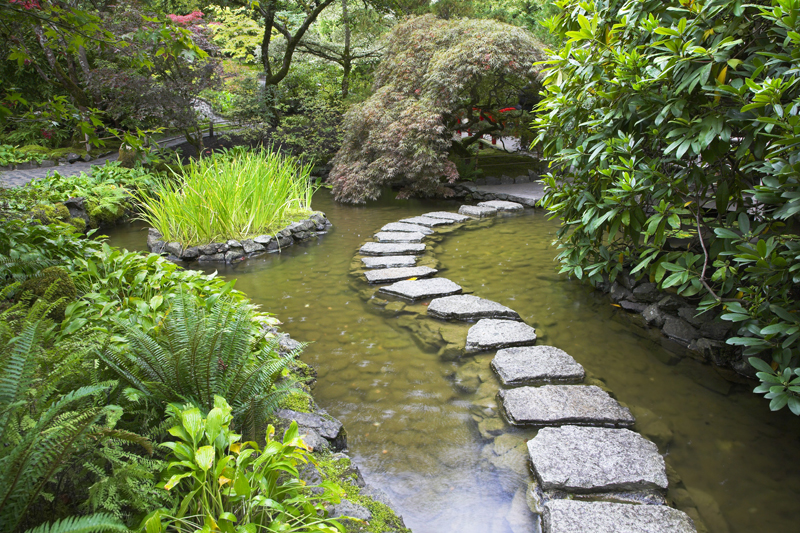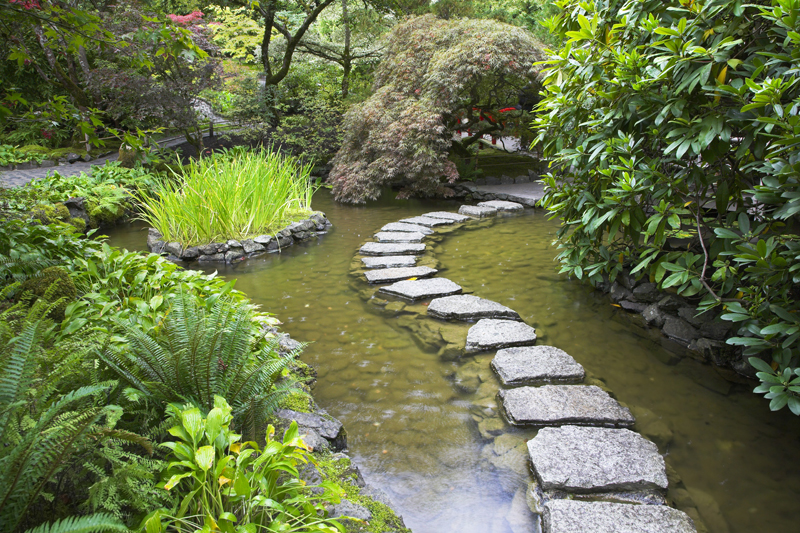Dancy Tangerine or Mandarin

Dancy mandarin orange is also called Dancy tangerine. For pots, this dense, dwarf, upright form is a wonderful choice.
It is among the best of the mandarins. As a container plant, this usually remains fairly small.
Dancy mandarin was first found in Florida in the 1840s or so. It originated as a seedling.
This is the most important mandarin variety in the U.S. It is also considered to be the best tasting mandarin.
When grown outdoors in landscapes, Dancy is a vigorous, large, dense, very leafy tree. It can grow to be twelve to fifteen feet tall. Usually free of thorns, this is moderately cold hardy except for the fruit, which can be damaged by cold.
The upright tree features erect branches. This mandarin does well in Florida as it is suited to hot, dry areas.
This tree tends to bear fruits in alternate years. Dancy mandarin needs to be pollinated by some other kind of citrus.
The fruits mature somewhat later than most of the other satsumas, which are usually ready for the Christmas season.
However, in fact this tree can bear fruits at any time of the year. However, most of Dancy’s fruits are ready from late fall through the winter, usually in December and January.
These fruits don’t last very well on the tree. However, they can be stored in the refrigerator.
Gardeners should be aware that this mandarin needs enough heat in order to ripen. This might not happen in short season areas.
Dancy fruits are smaller and more seedy than the other satsumas. These can have up to twenty seeds or so per fruit. The fruits peel very easily.
They are a popular variety for Christmas. The very leafy plant responds well to pruning. Dancy plants are smaller and more compact than some oranges.
Dancy mandarin is a rather formal looking variety. The small, deep green, pointed foliage resembles that of myrtle.
The small, round to oblate fruits have a rough skin. These ripen to some shade of orange. They are mostly bright orange. These fruits have great ornamental value.
In Europe, these fruits are candied. They are great for crystallizing whole, pickled, candied, and preserved.
It is among the best of the mandarins. As a container plant, this usually remains fairly small.
Dancy mandarin was first found in Florida in the 1840s or so. It originated as a seedling.
This is the most important mandarin variety in the U.S. It is also considered to be the best tasting mandarin.
When grown outdoors in landscapes, Dancy is a vigorous, large, dense, very leafy tree. It can grow to be twelve to fifteen feet tall. Usually free of thorns, this is moderately cold hardy except for the fruit, which can be damaged by cold.
The upright tree features erect branches. This mandarin does well in Florida as it is suited to hot, dry areas.
This tree tends to bear fruits in alternate years. Dancy mandarin needs to be pollinated by some other kind of citrus.
The fruits mature somewhat later than most of the other satsumas, which are usually ready for the Christmas season.
However, in fact this tree can bear fruits at any time of the year. However, most of Dancy’s fruits are ready from late fall through the winter, usually in December and January.
These fruits don’t last very well on the tree. However, they can be stored in the refrigerator.
Gardeners should be aware that this mandarin needs enough heat in order to ripen. This might not happen in short season areas.
Dancy fruits are smaller and more seedy than the other satsumas. These can have up to twenty seeds or so per fruit. The fruits peel very easily.
They are a popular variety for Christmas. The very leafy plant responds well to pruning. Dancy plants are smaller and more compact than some oranges.
Dancy mandarin is a rather formal looking variety. The small, deep green, pointed foliage resembles that of myrtle.
The small, round to oblate fruits have a rough skin. These ripen to some shade of orange. They are mostly bright orange. These fruits have great ornamental value.
In Europe, these fruits are candied. They are great for crystallizing whole, pickled, candied, and preserved.

Related Articles
Editor's Picks Articles
Top Ten Articles
Previous Features
Site Map
Content copyright © 2023 by Connie Krochmal. All rights reserved.
This content was written by Connie Krochmal. If you wish to use this content in any manner, you need written permission. Contact Connie Krochmal for details.



